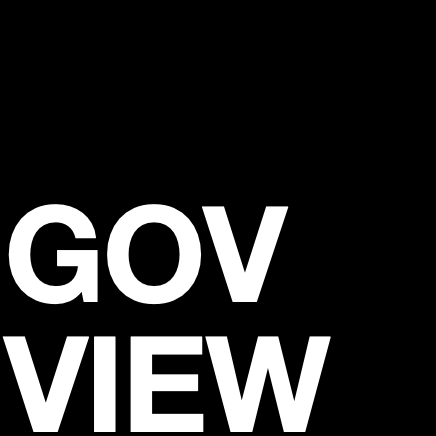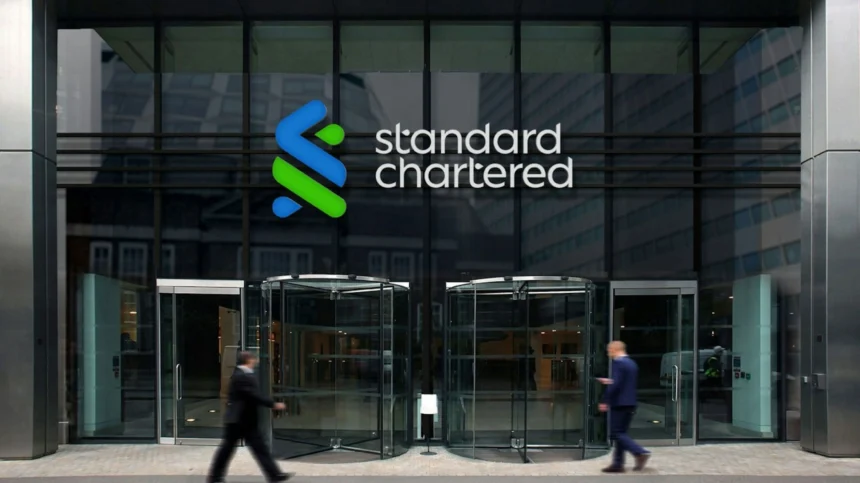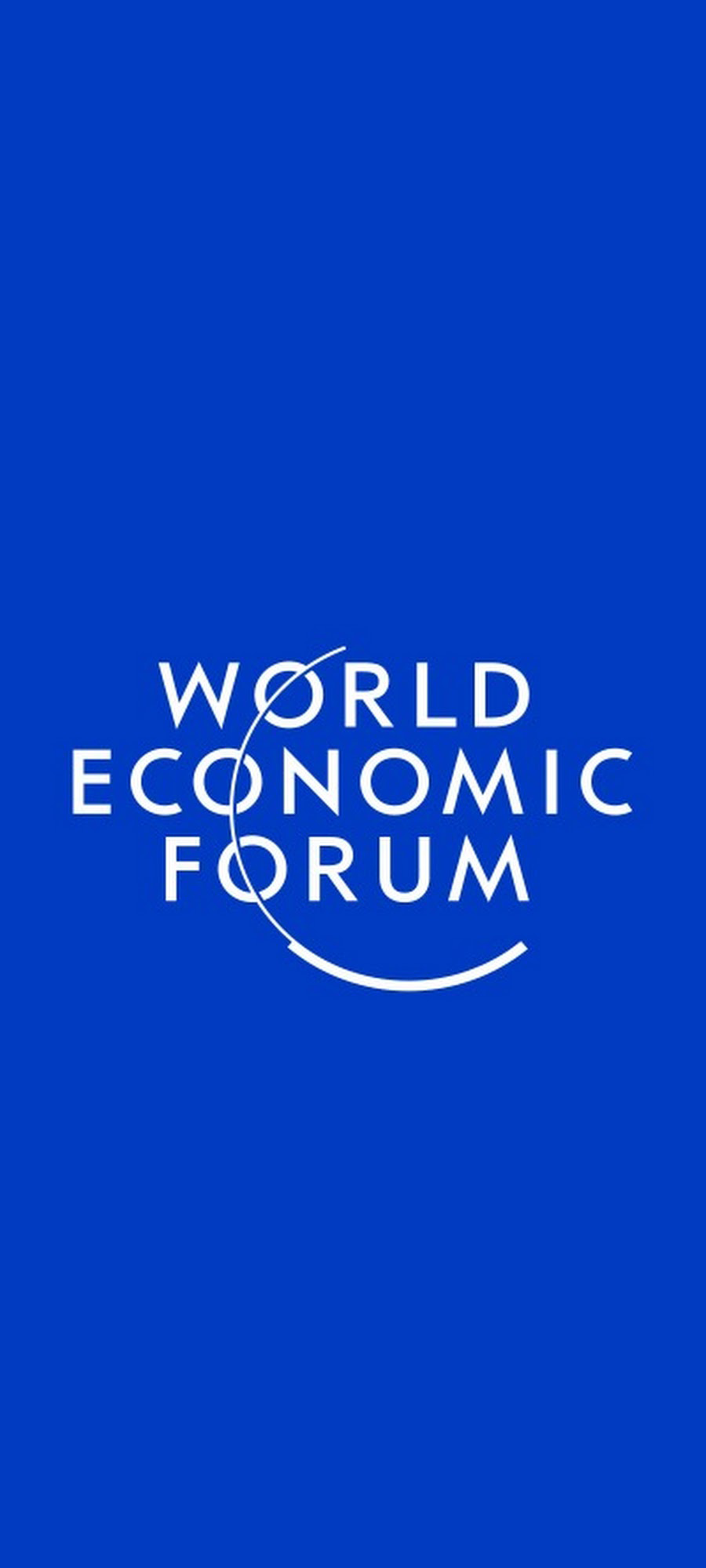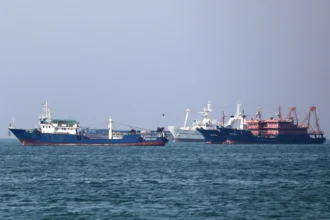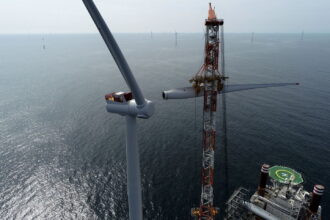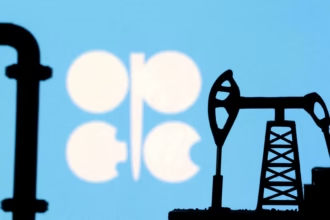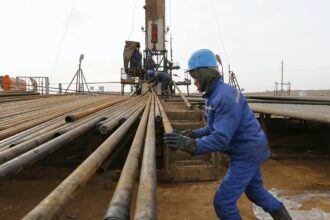Standard Chartered analysts have signaled confidence in the oil market’s resilience, stating that global supply and demand dynamics are well-positioned to absorb additional barrels from OPEC+ without significant disruption. The comment comes amid speculation that the oil-producing bloc may loosen production quotas as early as August.
According to the bank’s latest energy outlook, even if OPEC+ increases production volumes in the second half of 2025, market fundamentals remain robust enough to handle the supply uptick—thanks to stable demand growth, steady consumption in Asia, and improved inventory management across OECD countries.
Key Market Signals
- Oil demand is trending upward, especially in Asia and parts of Latin America, where industrial output and transportation fuel consumption remain strong.
- Inventory levels are currently near five-year averages, meaning there’s flexibility in storage capacity to accommodate temporary supply increases.
- Refining capacity and throughput are healthy, particularly in India, China, and the Middle East, ensuring crude oil has destinations for processing.
- Brent and WTI prices have stabilized, with both benchmarks maintaining a broad support range despite occasional geopolitical volatility.
No Structural Oversupply Risk
Standard Chartered emphasized that the feared risk of structural oversupply is overstated, particularly because many OPEC+ countries are still struggling to hit their current quotas due to underinvestment, logistical constraints, and geopolitical instability. As a result, any increase in the official quota is unlikely to translate into a significant flood of oil into the market.
Implications for Policy and Investment
The analysis supports a more flexible production stance by OPEC+ in the near term, offering the bloc breathing room to adjust without risking major price corrections. It also reinforces the view that energy investors may see continued price stability in the $70–$85 per barrel range, assuming there are no major economic shocks.
In conclusion, Standard Chartered’s perspective reflects a measured optimism, suggesting that global oil markets are structurally sound and capable of absorbing incremental increases from OPEC+—a signal that may reassure both producers and consumers heading into the second half of the year.
